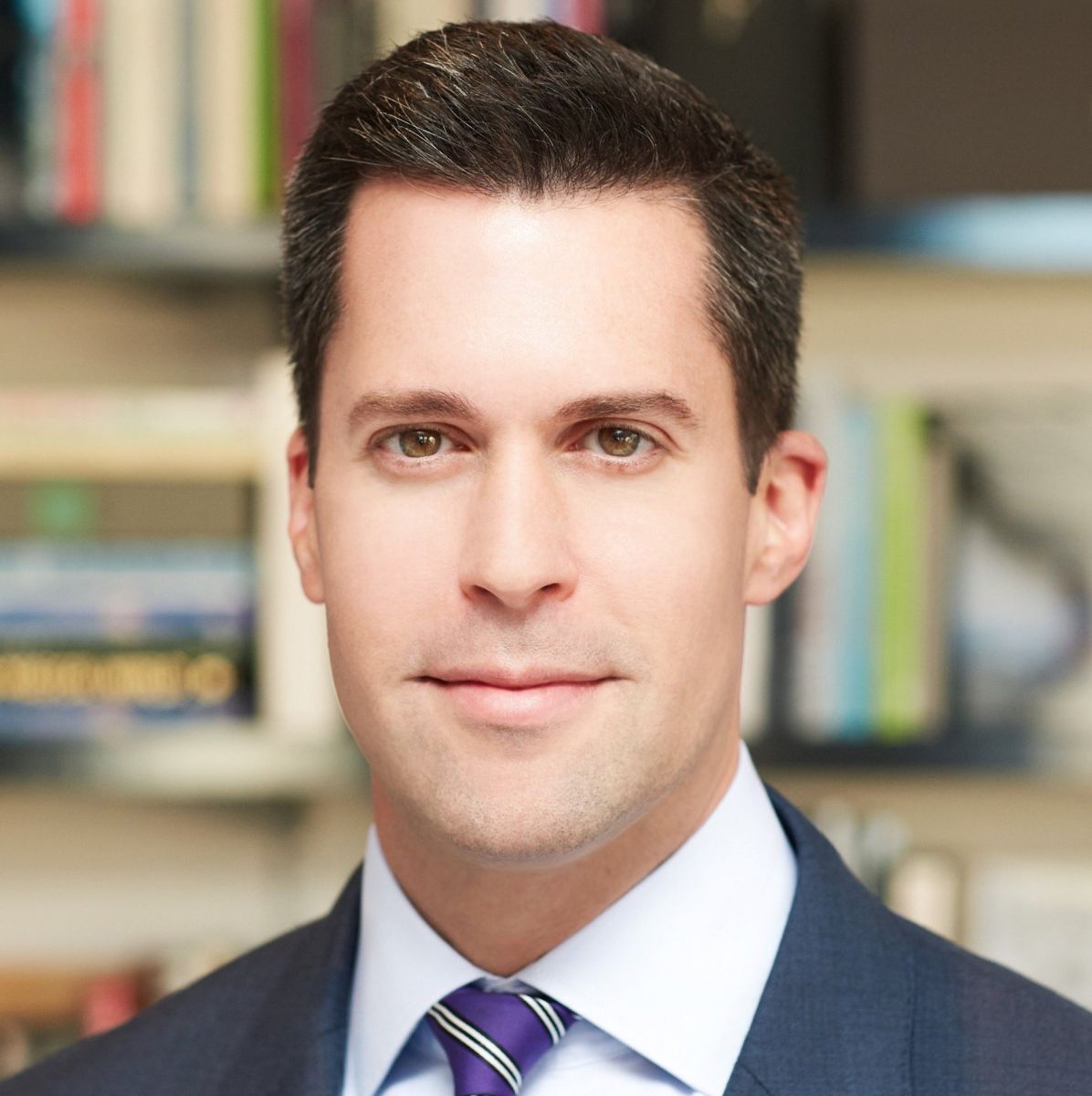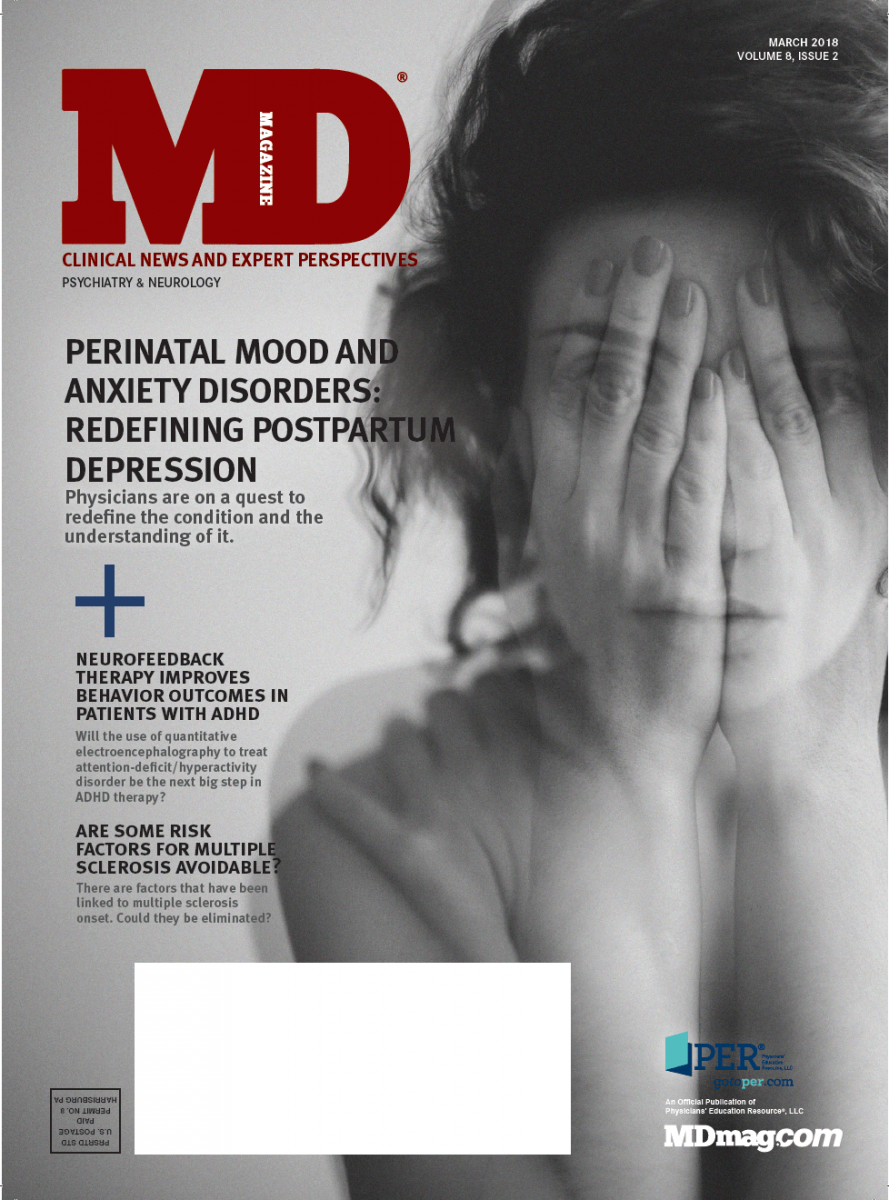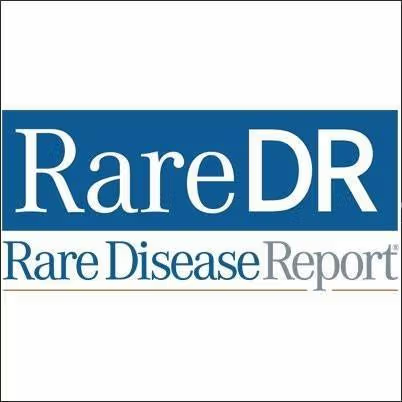Publication
Article
Column: Are Ketamine Clinics Profiteering or Leading Innovation?
Author(s):
The hottest subject in psychiatry right now is the clinical use of an old anesthetic (and sometimes party drug), ketamine, as the most rapidly acting and effective antidepressant the field has ever seen.

Steve Levine, MD
Board-certified psychiatrist and founder and CEO of Actify Neurotherapies (formerly Ketamine Treatment Centers), www.ActifyNeuro.com
The hottest subject in psychiatry right now is the clinical use of an old anesthetic (and sometimes party drug), ketamine, as the most rapidly acting and effective antidepressant the field has ever seen.
Ketamine stepped out of the shadows to fill an innovation void and address the growing problems in the United States of depression, post-traumatic stress disorder, and suicide, for which there are few effective treatments. It holds the promise of quickly repairing damage caused by depression in the brain, rather than vaguely masking symptoms. For the past 50 years, we have been stuck with dozens of look-alike drugs that are only moderately effective for severe depression, detrimental to 30% of patients, chock-full of adverse effects, and all based on the flawed “chemical imbalance” theory of depression.
Ketamine is not approved by the FDA for these indications. It was approved in 1970 as a general anesthetic and is included on the World Health Organization’s list of essential medicines for use around the world to assist in surgery and manage pain. Therefore, its use as an antidepressant is considered “off-label,” a common and permitted practice for physicians that acknowledges that most medications have numerous research-proven therapeutic benefits beyond the narrow scope of what the FDA has approved.
What is unique about the psychiatric use of ketamine is that it is an old, generic manufactured drug that is already available, so widespread use has progressed in an unregulated market outside the typical FDA approval process. This does not sit well with many in the academic world, who are now voicing concerns about the proliferation of ketamine clinics.
The tide has turned quickly. Media coverage over the past decade had been mostly positive. The formulaic articles typically presented the story of a patient with long-standing depression, the maverick doctor who stuck his neck out to make this treatment available, and the resulting dramatic outcome of a life restored. More recently—and perhaps linked to the imminent arrival of new, brand-name, pharmaceutically produced medications that are based on the mechanism of ketamine in the brain, i.e., ketamine copycats—the tone has become darker.
A recent Time cover story on this subject titled “New Hope for Depression,” which highlighted the dire state of depression treatment and the breakthrough of intravenous ketamine, painted the private practice world with a broad, cynical brush: “These clinics have pitched themselves to doctors as get-rich-quick side businesses.…”2 An editorial by Jeffrey A. Lieberman, MD, a past president of the American Psychiatric Association, warned that this treatment is “driven by the profit motive.”1
Physicians are playfully mocked as poor business people but then shamed when building responsible businesses that threaten to disrupt the status quo. We accept a pace of innovation in health care that would destroy any other industry. We also operate under the delusion that academia is free from the biases of for-profit private practice—academic department chairmen get to keep their jobs if they are not raising money, and investigators get to do cool science regardless of whether their studies “work” and they are awarded grant money. I apologize if my dripping sarcasm has fried anyone’s eyes.
It is an uncomfortable truth that medicine is a business, and you do not get to stay in business, pay employees, and treat patients unless that business turns a profit at some point. A free market system that gives patients choices, coupled with much-needed regulation aimed at basic safety standards rather than stifling learning and innovation or restricting access to care, breeds a healthy path to move the field forward.
REFERENCES
1. Lieberman JA. One doctor’s concern.
MedScape
website. medscape.com/viewarticle/886547. Published October 6, 2017. Accessed January 11, 2018.
2. Oaklander, M. New hope for depression. Time website. time.com/4876098/new-hope-for-depression/. Published July 27, 2017. Accessed January 11, 2018.






